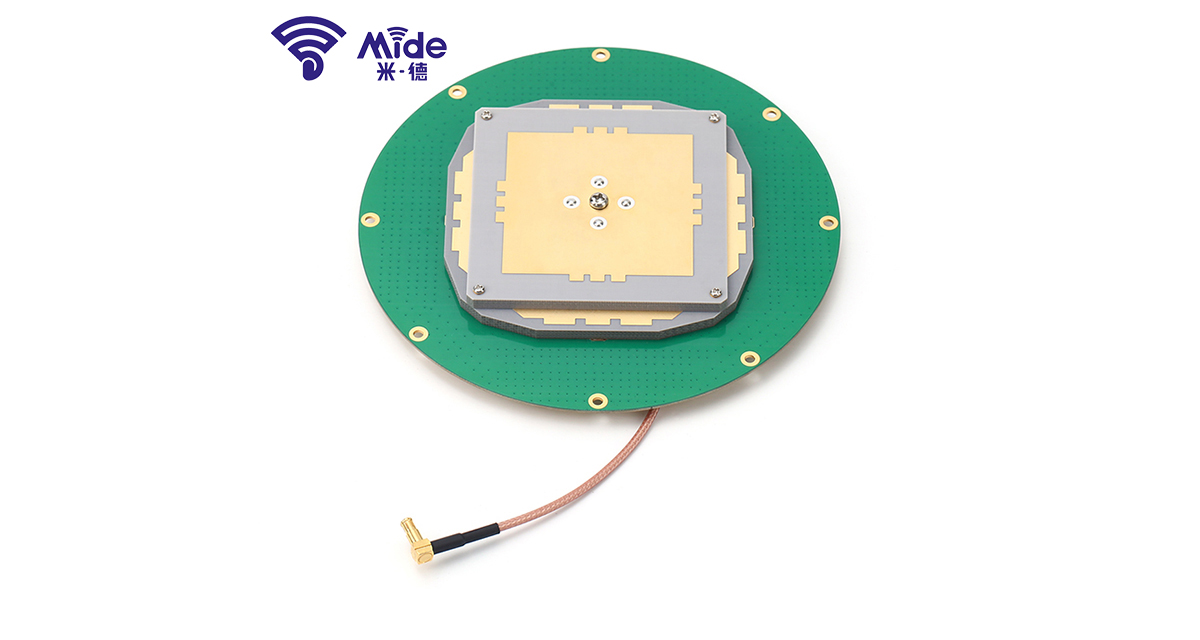News
Site Editor
 Site
https://mide-act.usa72.wondercdn.com/uploads/image/635cdcc32f0fa.png
In this article, we will examine the five key considerations you should bear in mind when choosing an antenna in order to make the best choice possible for your needs.
Site
https://mide-act.usa72.wondercdn.com/uploads/image/635cdcc32f0fa.png
In this article, we will examine the five key considerations you should bear in mind when choosing an antenna in order to make the best choice possible for your needs.
Factors To Consider When Choosing A GNSS Tracking Antenna
Views: 472
Author: Site Editor
Publish Time: 2023-03-07
Origin: Site
The choice of antenna improves or ruins compact GNSS tracking systems. For a tracking system, which must possess the ability to report on its specific location regularly and accurately, notwithstanding a small malfunction might cause problems.
The sole way to guarantee this seamless operation is by picking the appropriate antenna.
There are many various types of antennas available today, each with a unique set of benefits based on the type of device they are used in and coming in a variety of sizes and materials.
In this article, we will examine the five key considerations you should bear in mind when choosing an antenna in order to make the best choice possible for your needs.
Frequency of transmission
Your antenna must be operating in a frequency band that is suitable for GNSS signals, despite the fact that this may appear apparent.
The US Global Positioning System (GPS), China's BeiDou Navigation Satellite System (BDS), and the EU's Galileo are just a few examples of the several satellite systems that various nations operate.
Every satellite system uses a unique set of frequencies and frequency ranges to function.
Ensure that you're acquainted with the frequency bands involved and the satellite network your GNSS tracking system will be communicating with.

Dimensions of the antenna
Different-sized antennas have various footprints on the circuitry. You typically prefer your antenna to be as compact as practicable when using a GNSS tracking device.
Ground plane specifications
All antennas including geodetic antenna must have ground planes, but these present a challenge for small GNSS tracking systems.
In summary, ground planes are essential for an antenna to effectively transmit and receive signals, however, they take up space, and for tracking devices, space is at a premium.
Make absolutely sure you can account for the amount of area needed for your antenna to function as a ground plane in your designs.
Limiting interference
According to the movement of the wearer, tracking devices may be exposed to a variety of conditions and environments.
This increases the likelihood of interference since materials like glasses, metals, towering buildings, close wireless connections, and even other parts of a device itself could interfere with antenna transmissions.
Knowing if your design is compatible with an antenna that can eliminate interference or whether it's necessary to find alternative ways to minimize signal interruption is helpful when choosing an antenna for a monitoring device.
Omni-directionality
No matter how they are positioned—horizontal, vertical, or diagonally—portable tracking devices must be capable of transmitting and receiving signals in order to communicate their whereabouts.
Therefore, it is imperative that you use an omnidirectional antenna rather than a dipole.
This will influence component placement and choice because your antenna ought to transmit and receive signals from all directions without interference from surrounding components.
Keep in mind the antenna you select should work with the other parts of your tracking system.
Buy reliable and functional geodetic antennas from us
For your GNSS tracking device to function, picking the appropriate geodetic antenna is crucial.
Your choice of antenna is particularly limited with the need for a tracking device to be readily mobile, lightweight, functional, and reliable.
With the plethora of geodetic antennas currently on the market, you can discover a connectivity solution for any set of requirements.
Contact us to help ensure you have the knowledge to lead you to the best choice for your device




